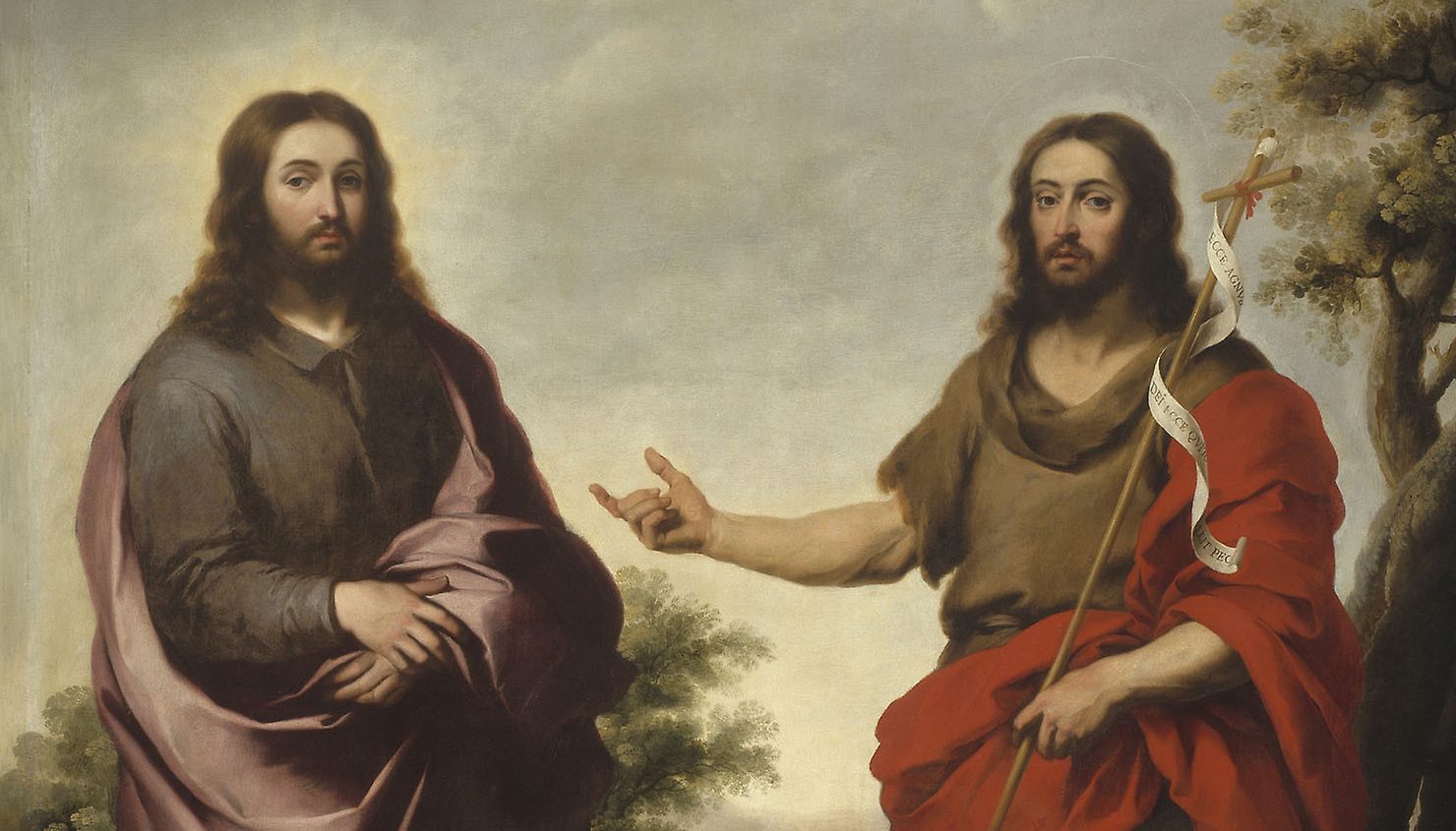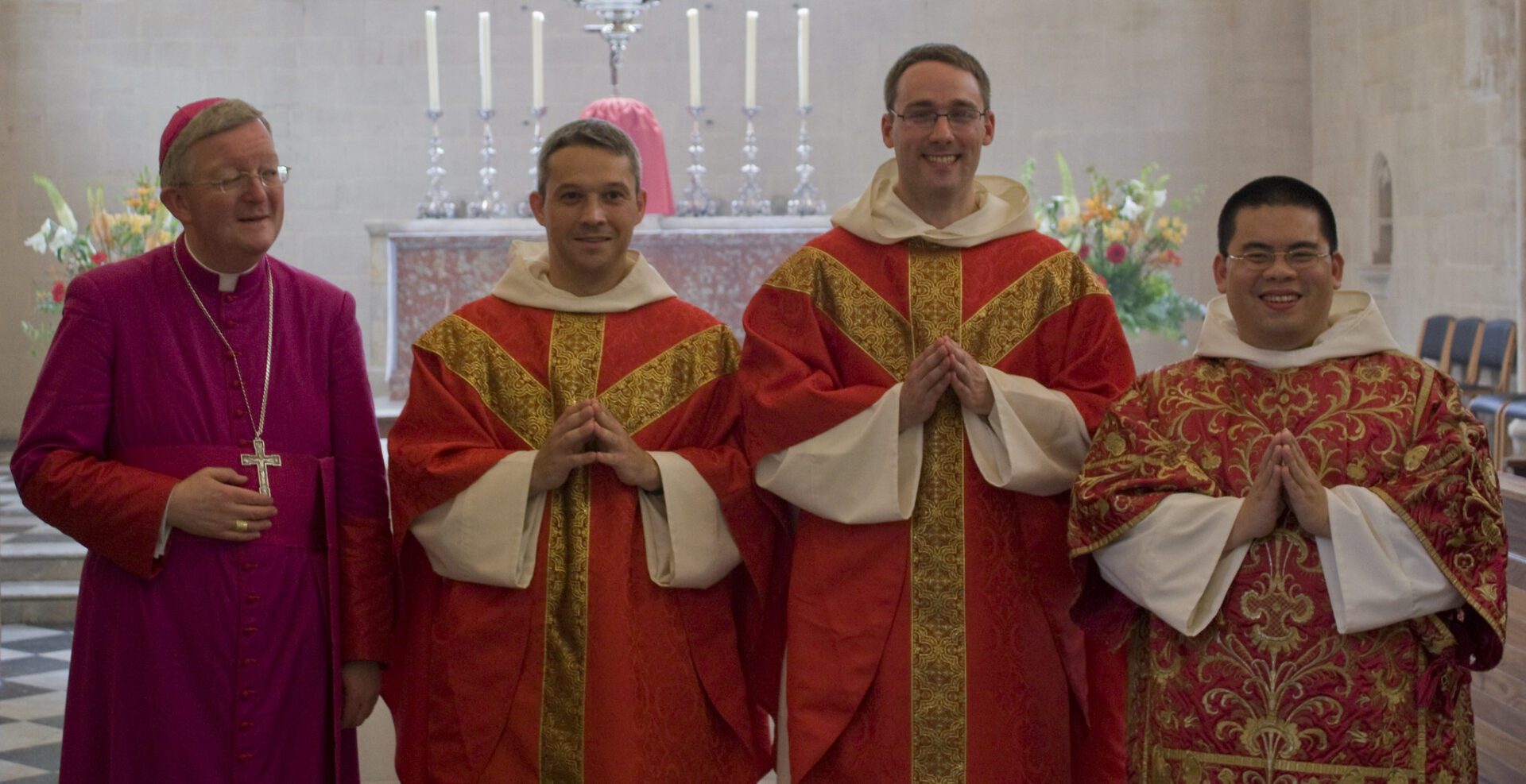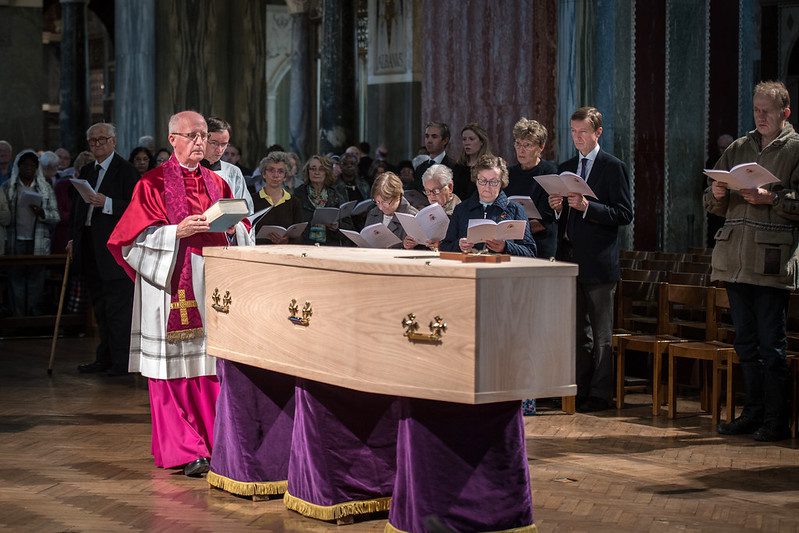Merriam-Webster has named “authentic” as its “Word of the Year” for 2023, based upon word searches and look-ups. Commenting on its findings, Merriam-Webster suggested that “authentic saw a substantial increase in 2023 driven by stories and conversations about AI, celebrity culture, identity and social media.”
Were there a liturgical “Word of the Year,” it too could be “authentic.”
Like that of the liturgical movement which preceded its promulgation, Sacrosanctum Concilium’s goal was the reform and restoration of the sacred liturgy to its “true and authentic spirit” (37). To this end, unnecessarily complex rites were simplified, perceived duplications were discarded, and genuine elements lost to history were restored. (How well or poorly the postconciliar books met these desires is, of course, an ongoing matter of debate.)
Following decades of provisional translations, the 2001 document Liturgiam Authenticam called for revised principles, processes, and, ultimately, translations of the liturgical texts that would be, as its title indicates, more authentic. This fifth document on implementing properly the mind of the Council begins by reminding us that “the Second Vatican Council strongly desired to preserve with care the authentic liturgy, which flows forth from the Church’s living and most ancient spiritual tradition, and to adapt it with pastoral wisdom to the genius of the various peoples” (emphasis added). It is as if the author of the liturgy—Christ—demands that the texts it employs accurately and integrally reflect his mind on the matter, “without omissions or additions…without paraphrases or glosses” (20).
Since its inception in 1995—long before Merriam-Webster identified “authentic” with the postmodern mind—Adoremus has been interested in liturgical authenticity. Its first founding principle, in fact, is “to promote authentic reform of the liturgy of the Roman Rite.” Further, its “guiding principle for authentic liturgical reform is enunciated in Sacrosanctum Concilium: ‘[T]here must be no innovations unless the good of the Church genuinely and certainly requires them, and care must be taken that any new form adopted should in some way grow organically from forms already existing’” (23, from principle number 6). Among the principal goals Adoremus established at its founding, the seventh calls for “a more authentic observance of the liturgical norms approved since the Council.” Further, liturgical changes that do occur must, Adoremus believes, be introduced only, as its eighth goal states, “if in harmony with the authentic renewal of the liturgy expressed in the Council documents.”
Even though the 2023 cultural experience and the eternal liturgical experience hold authenticity in high regard, the secular and the sacred see “authenticity” in rather diverse ways. Merriam-Webster (rightly, it appears) describes the challenge of defining “authentic,” well, authentically. Although the multiple meanings may be difficult to distinguish, the dictionary defines “authentic” as “‘not false or imitation,’ a synonym of real and actual; and also ‘true to one’s own personality, spirit, or character.’” Cultural authenticity describes an expression of one’s self; liturgical authenticity, on the other hand, refers to a revelation not of those celebrating, but to Christ himself. Let’s spell out this distinction more clearly.
In our culture—especially our Western culture—I am encouraged to be “true to myself.” What I wear, what I say (and how I say it), and my own actions ought to be accurate, genuine expressions of me. What I am should correspond with how I live. Were there some dichotomy between who I am and how I live, I would rightly be called a phony, a fake, and a fraud—that is, inauthentic.
But our liturgy challenges us to see authenticity differently. When we come to Mass, for example, our words, actions, gestures, values, and behaviors no longer originate with us, but with another person, Christ, who lives among us today principally in his Mystical Body, the Church. In the liturgical arena, then, authenticity is not judged primarily on how well (or poorly) it reflects us, but how well (or poorly) it reflects Christ. Only then do we participants, we members of his Body, enter the conversation: for an authentic Christian, the saint, has set aside his own idiosyncrasies to such an extent that Christ has increased and come to full stature in him.
The paradox in all of this “authentic Christianity” is that turning away from oneself and toward God—“losing one’s life for the sake of finding it” (Matthew 10:39)—isn’t actually being inauthentic to oneself at all, but, rather, pursuing the only path to true authenticity.
The only “self” that the liturgy must stay true to is Christ. Consequently, “authentic liturgy” is not about you, me, our pastors, bishops, diocesan liturgy directors, publications, blogs, or commentators—it is about Christ, revealed to us today through his body, the Church, in her sacred rites. Authentic liturgy—that is, the liturgy celebrated according to the authority of Christ—has next to nothing to do with our own likes or dislikes in music, or own tastes in architecture, our own favorite scriptural readings…, but has everything to do with “being true to himself”—Christ.


